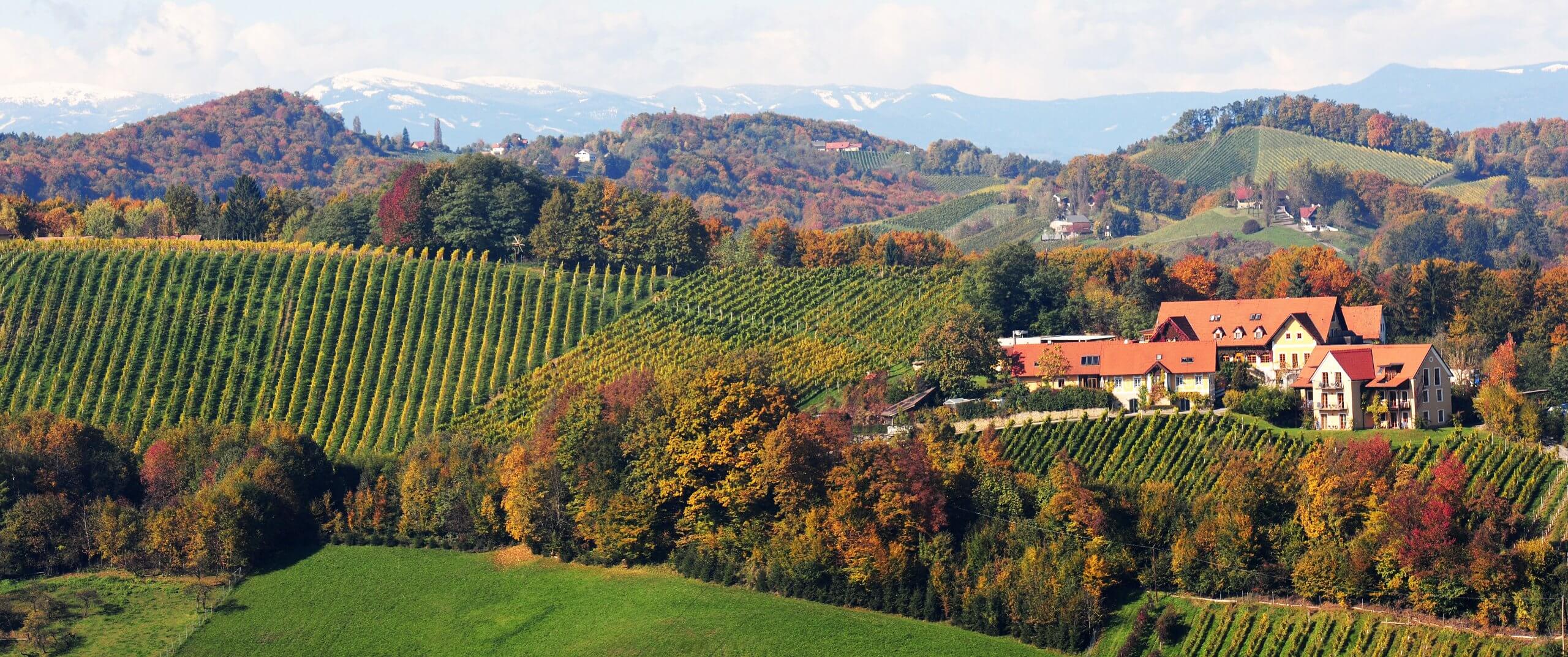
Sattlerhof
Kranachberg, Sernauberg and Kapellenweingarten: All three sites highlight Sauvignon Blanc at it best!
If you want to produce high quality wines, you need to know your terroir. That is the credo of the Sattler family, Willi, Maria and their two sons Alexander and Andreas. Their Kranachberg is regularly rated as one of the finest Sauvignon Blanc from Austria, partially because they have studied every single detail of this top site’s soil for so many years, but also because quality has always been their primary goal.
Both the soil of Southern Styria and the microclimate, with its large diurnal temperature swings, provide the best conditions for aromatic Sauvignon Blanc with crystal clear fruit and mineral drive.
Although a demanding grape, the Sattler family adores Sauvignon Blanc: “During blossom it is overly sensitive and yields thus vary from vintage to vintage,” says Andreas Sattler. “It requires two to three times more commitment to vineyard management than other varieties.”
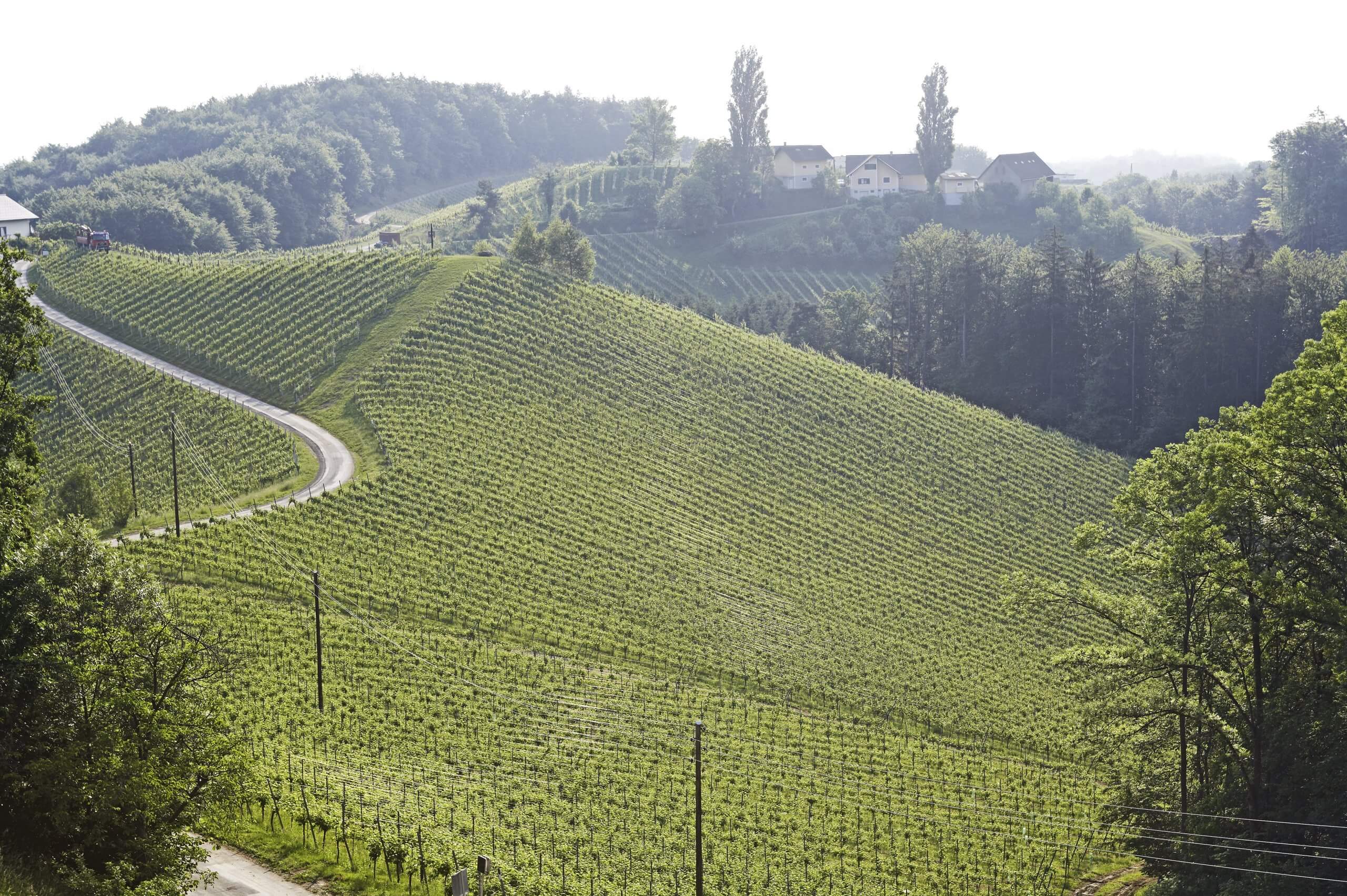
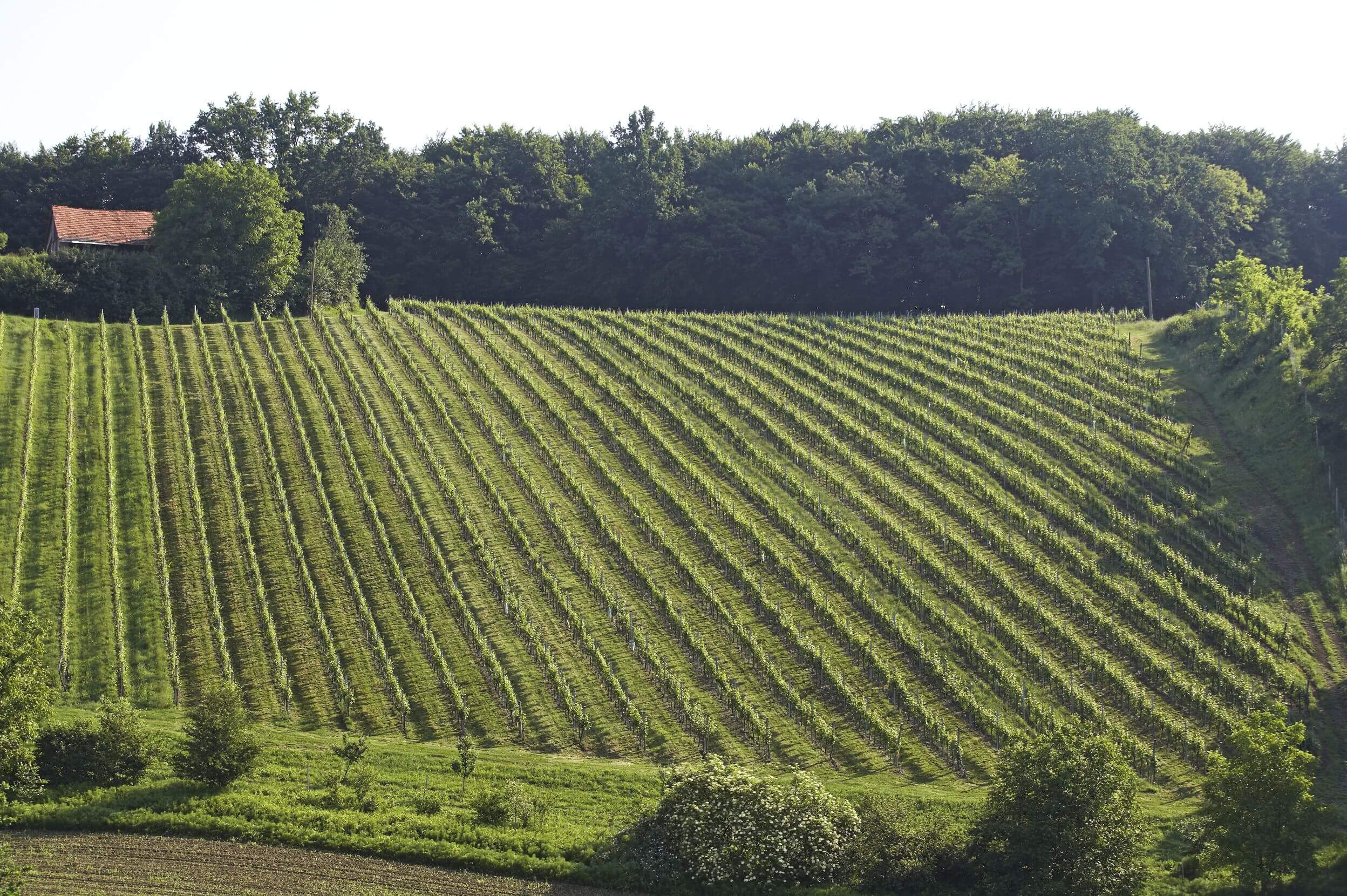
Sauvignon Blanc is planted on almost two thirds of their 33 hectares of vineyard, mainly on steep, sun drenched slopes. The oldest vines date back 40 years.
The grapes for the Kranachberg come from five different plots, are fermented separately and paired only in the last step. When all goes well, the annual production is seldom more than 5,000 bottles.
Orientated southeast, the soil of the Sernauberg vineyard is a more sandy gravel. Here Sauvignon Blanc and Morillon display a fine floral aroma.
Morillon, by the way, is the Styrian name for Chardonnay. Perhaps more aromatic than in Burgundy, with hints of nut and apple, it has the same mineral drive.
The Pfarrweingarten is a small, well protected basin facing south. Here the shelly limestone soils generate a slightly salty aroma with clean, precise fruit.
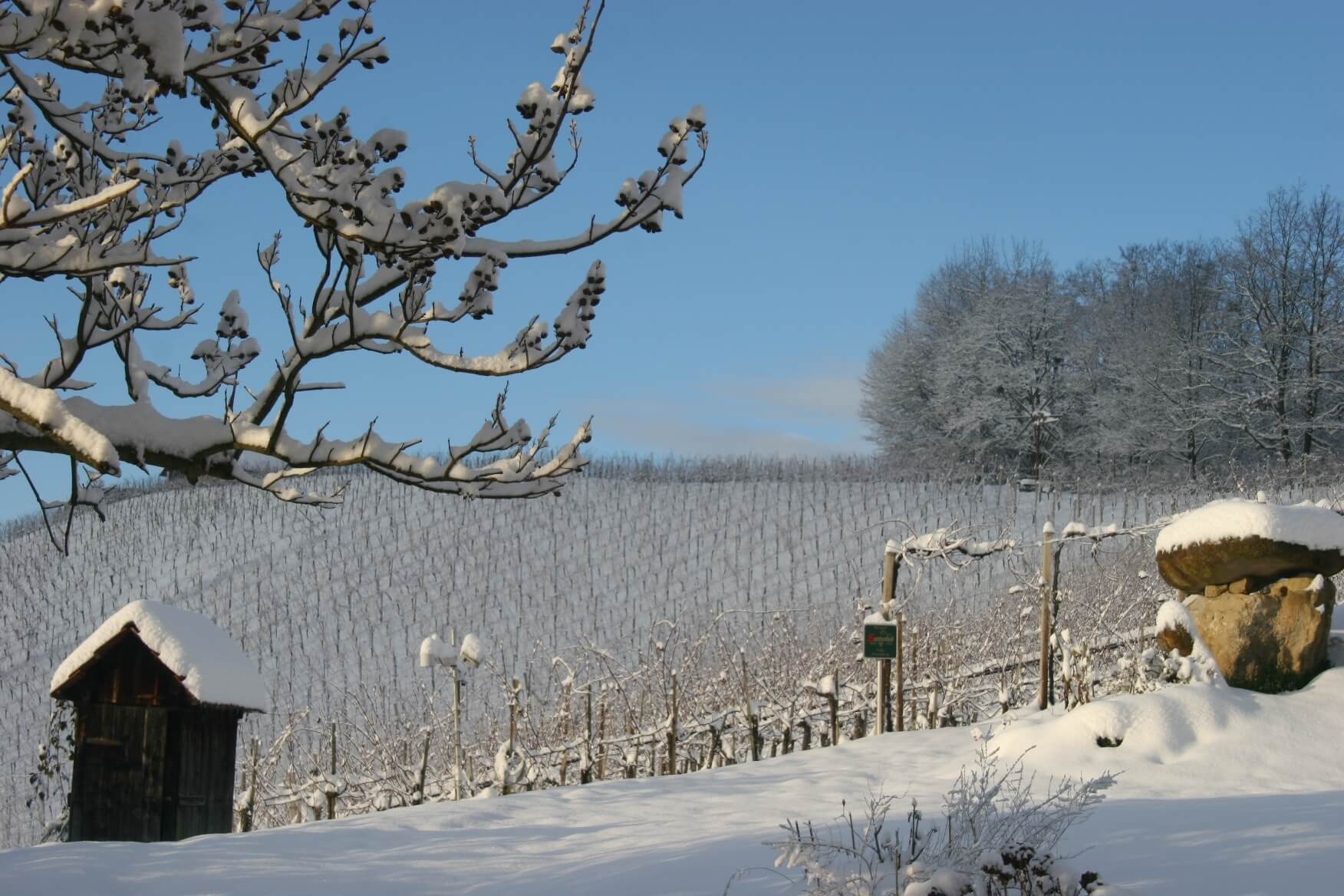
The Kapellenweingarten is the fourth ace up the family’s sleeve. In a certain way, the vineyard symbolizes a bridge between the old and new generation as it provided the decisive impulse towards biodynamics. The initial vintage, 2017, was also the first wine made independently by Willi’s two sons, Alexander and Andreas. From pruning to the last steps in the cellar, everything was done their way. They even looked after the sheep grazing in the vineyard.
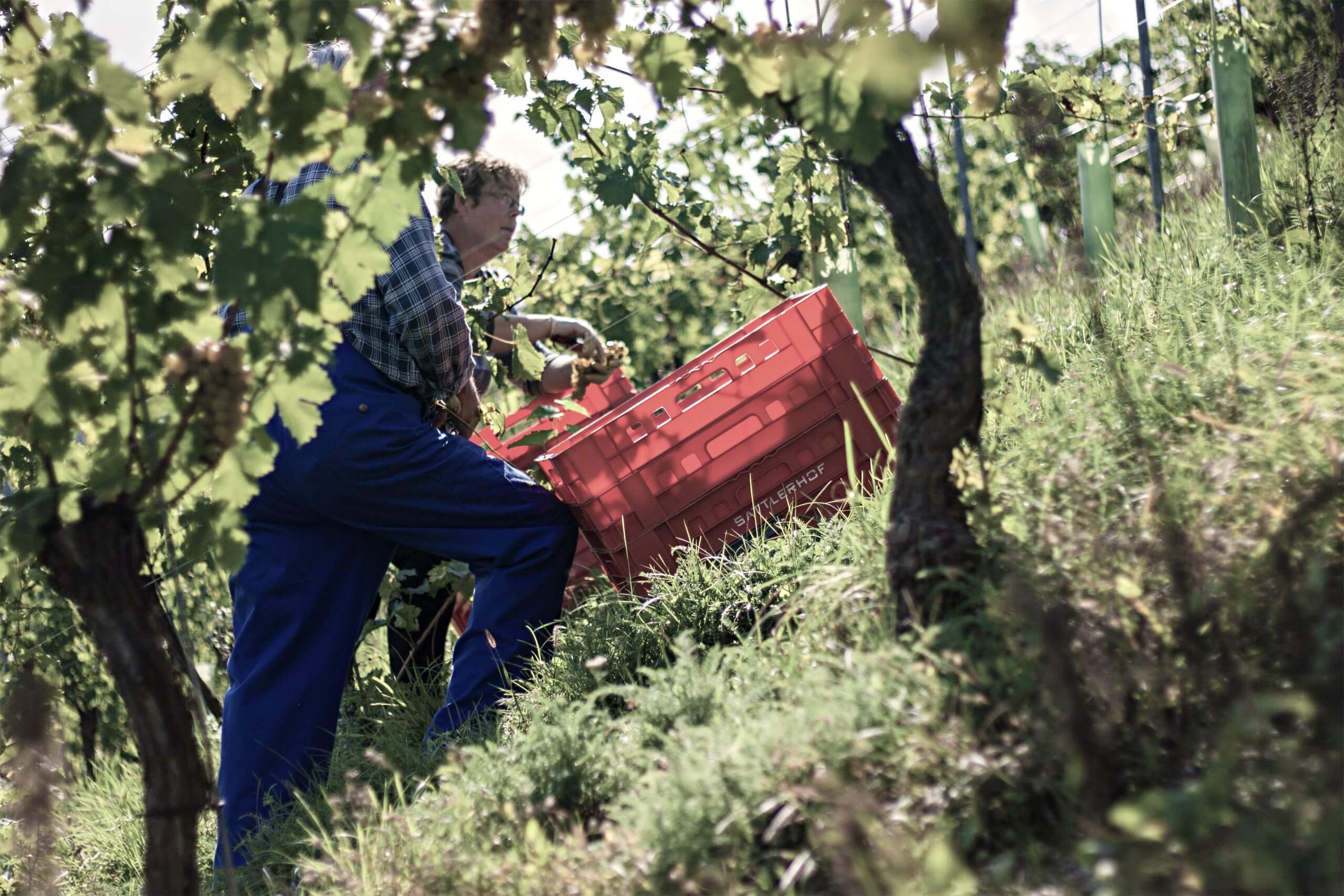
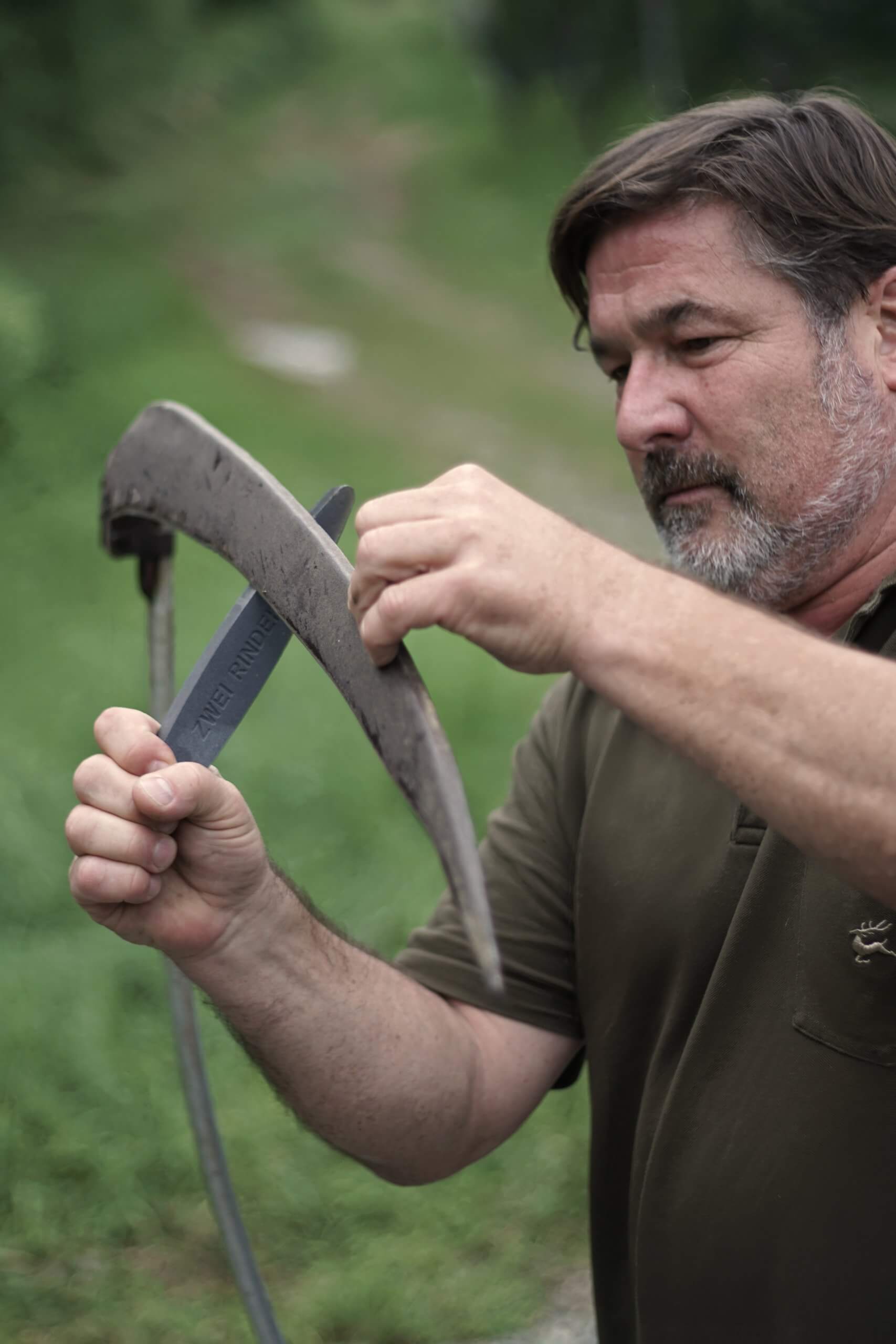
100% Südsteiermark, hard work and biodynamics
Quality and sustainability are the clear priorities for the entire family. Every single grape comes from their own vineyards, all of which are farmed biodynamically. Since the 2016 vintage, each and every wine is certified organic.
With just over 4,600 hectares of vineyards, the Steiermark, as Styria is called in German, is one of Austria’s smaller wine growing regions. The Südsteiermark, or Southern Styria, is one of the three regional appellations here that are classified as DAC. The terrain is hilly, in fact almost mountainous as it ascends towards the Alps, and many of the vineyards are planted on steep slopes to take advantage of a maximum of sunlight and the prevailing winds that minimize disease.
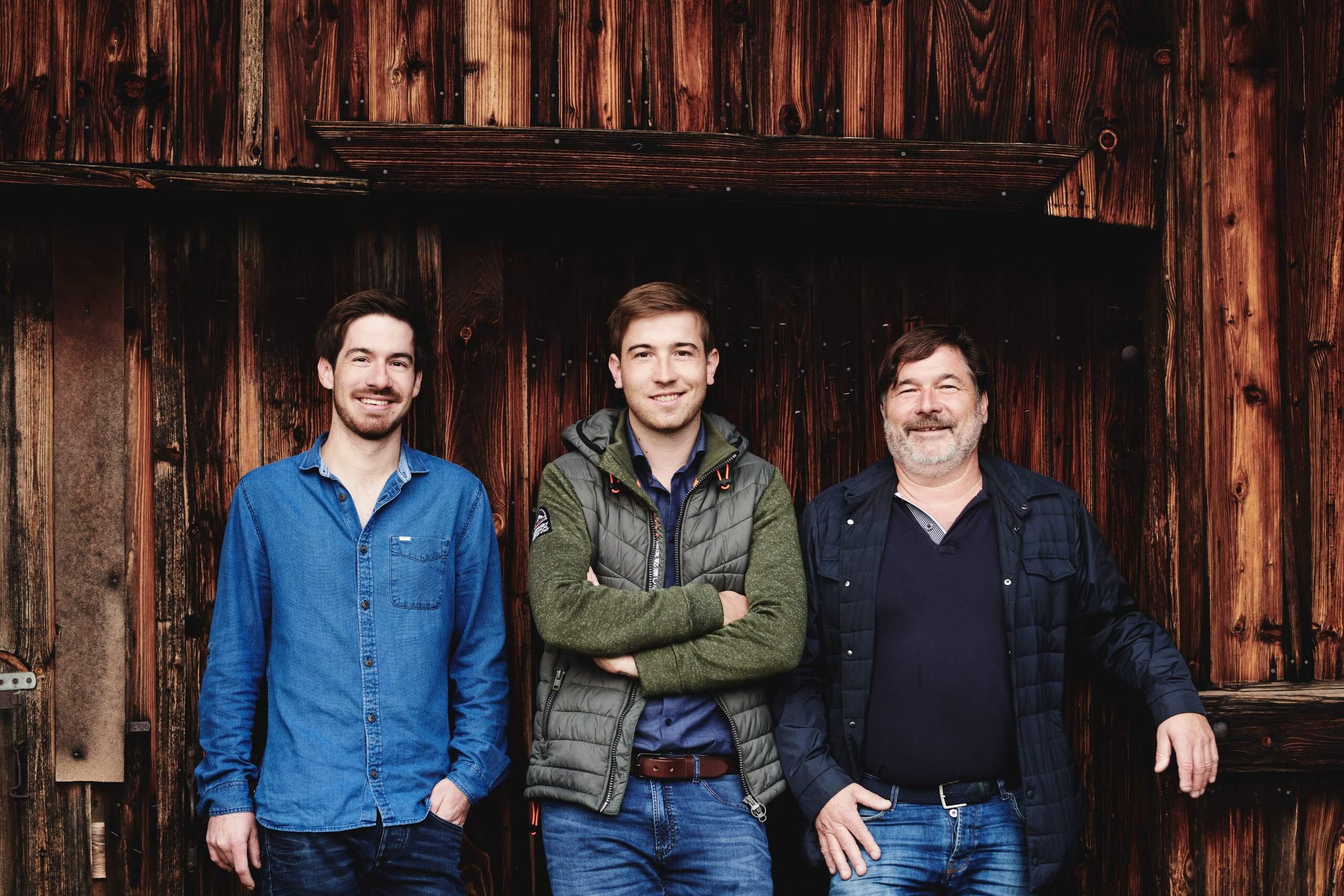
The wines made in the Steiermark are classified in three categories:
Ried is the Austrian name for single vineyard
The Sattlers own four vineyard sites: Kapellenweingarten, Sernauberg, Kranachberg and Pfarrweingarten. In each, the grapes ripen in nuanced microclimates on slightly different soils. Each thus reflects its origin, but all show a balanced minerality and a complex finish. They can also be cellared for years.
Ortswein is the Austrian word for a wine from single village
As the name suggests, grapes for this range of wines come from vineyards in a single village, principally Gamlitz. A further Ried, or single vineyard site, is located in the neighbouring village of Eichberg. Being closer to the Alps, the temperatures there are lower than in Gamlitz and consequently the grapes ripen one to two weeks later. The soils also have a more alpine touch, containing silica, sand and pebbles. Due to the reductive power of the grapes from this commune, Alex and Andreas decided to mature this Sauvignon Blanc for six to twelve months in large wooden casks of 1,300 litres.
Gebietswein is literally a wine of the region
The classical, basic wines from the Südsteiermark fascinate with their fresh aroma, vibrant fruit and spicy finish.
Sattlerhof
Southern Styria, Austria
sattlerhof.at